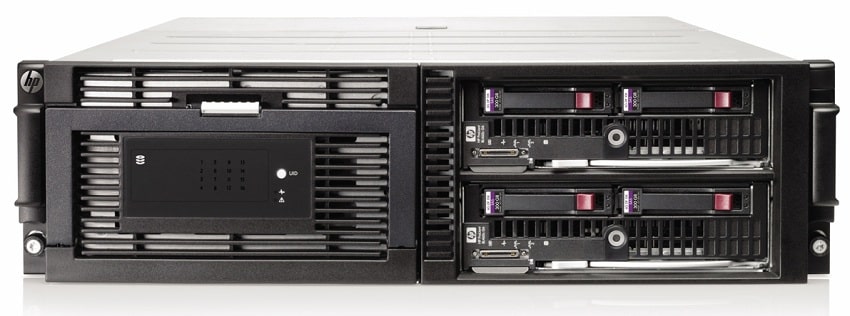I heard an analyst recently quote a stat that by 2015, over 80% of storage capacity sold worldwide will be shipped in support of file-level or ‘unstructured’ data. That is file-based information that doesn’t fit neatly in a column-and-row database. Audio, video, graphics, and all of the other content we Facebook and Twitter about are good examples. If you can’t fit all of this neatly in a database, then you need a file system to make order out of the chaos and sit above the low-level disk operations.
NAS is essentially a dedicated appliance with a built-in file system to store these files and then present file shares to servers, applications and users. Most often we think about mapping to these systems using protocols such as SMB/CIFS (for Windows) or NFS (for Linux/Unix). In the past, I’ve heard many people try and plot NAS and SAN on a continuum as if NAS was simply a less sophisticated storage device than a SAN or a stepping stone to SAN, but really they are completely different animals for completely different purposes. Just as SAN can range from entry-level departmental systems to large tier-1 arrays, the same is true with NAS. I have a 2TB Microsoft Home Server as a NAS device at home compared to web 2.0 companies with multiple petabytes of NAS storing millions of files for hundreds of thousands of users. SAN is SAN and NAS is NAS (unified will come later).

Originally, NAS filers emerged as companies realized that simply putting user shares and file data on random Windows servers or homegrown Linux-based NFS servers was likely not the best way to deal with all of this file growth. However, just as people originally were consolidating islands of files into a dedicated NAS filer, they are now looking to consolidate dozens of distributed NAS filers into something easier to manage. This is where scale-out clustered NAS has come to the party. These systems can physically store data on multiple underlying disk technologies but present a large single ‘namespace’ or filesystem out to the network. The concept of a single namespace simplifies management and enables the policy-based movement of files underneath the covers for reasons of performance, capacity, or compliance. IT practitioners love this technology due to the fact that a system admin can have just-in-time capacity expansion to a large pool of NAS. This provides simplicity in management and access, while avoiding over-provisioning and captive storage.
One example of where NAS and SAN come together is the advent of the NAS Gateway. These appliance ‘heads’ are processing nodes with an operating system layer. The NAS head is physically attached to back-end storage capacity that sits in a disk array on the SAN. This gateway manages the filesystem and organization of folders as well as presentation out to the network while the disk array manages the centralized data services we previously discussed. This scenario is a great solution for companies that have invested in a SAN and a disk array but want to increase the utilization of that asset by placing their unstructured files on some of the extra disk. Some might (and do) call this a ‘unified’ storage approach, which is a good segue into our next topic.
Related Content
- What is DAS (Direct Attached Storage)?
- What are Storage Area Network (SAN) Arrays?
- What is Unified Storage?
- What is Object Storage?
About the Author

Twitter – @HPBradParks
Brad Parks is a strategist in HP Enterprise Servers, Storage and Networking, focusing on product and solution development for HP Converged Infrastructure as it relates to HP Storage. Parks works with customers, product teams and the technical community to develop content and programs to communicate HP’s strategic direction and unique customer value related to data storage.




 Amazon
Amazon